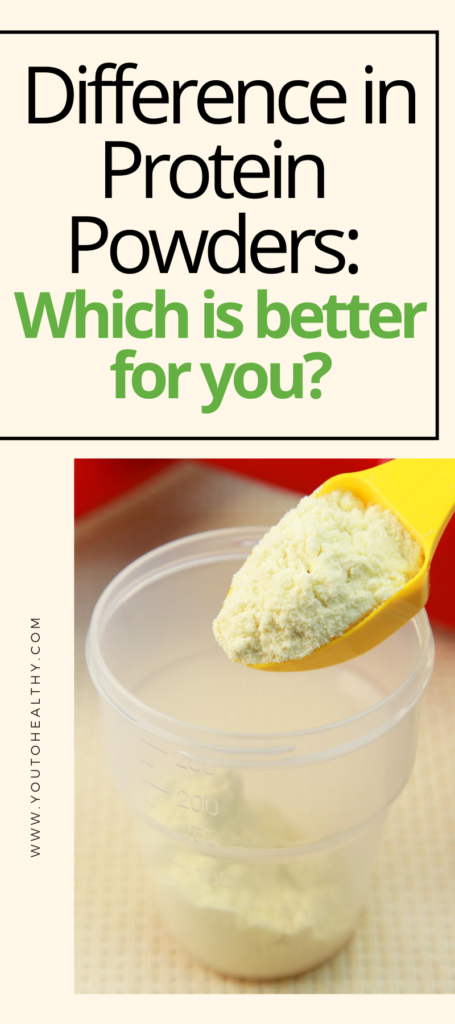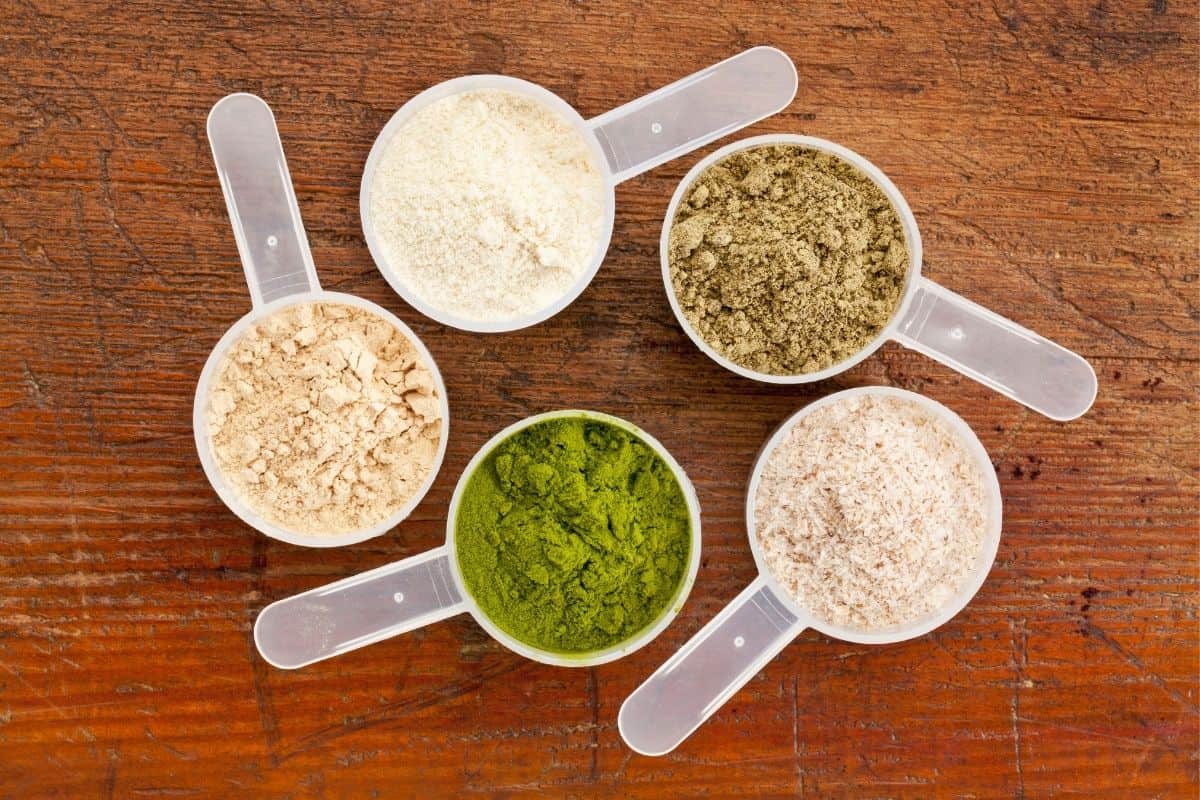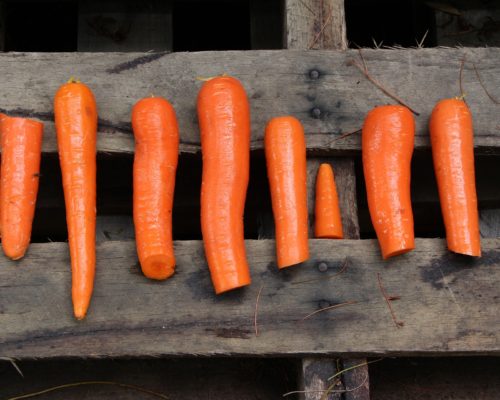In the world of fitness, protein powder has become a fascination. How can you pack in the protein with something tasty? It can be all too easy to grab the cheapest powder from the store, but it’s important to know what you’re putting into your body.
There are differences in protein powders for a reason, as each protein source provides a slightly different type of protein for your body. Depending on which source you take, you may not be able to absorb as much protein as you’d like.
For example, I’m allergic to most soy products, which means that if I use soy protein powder, I can’t absorb it that effectively, and it may actually cause me to have an allergic reaction.
What is the Difference between Protein Powders?
So why are there differences in protein powders? One reason is cost, as it’s much more expensive to make hemp protein than whey protein. Another reason is diet, as vegetarians and vegans are more prone to wanting protein that doesn’t come from animal sources, such as pea protein.
With that in mind, let’s look at some of the different sources of protein:

You may also like: Can the Keto Diet Actually Work?
1. Pea Protein
Pea protein comes from a legume called the yellow split pea. It has almost all 20 amino acids.
Some studies have shown that pea protein is slower to be absorbed than other proteins, but can cause the release of fullness hormones, which may help with weight loss.
In one particular study, 161 men did resistance training for 12 weeks, taking 50 grams of pea protein daily, the results showed that the muscle increase for these men was almost identical as the muscle increase for whey protein.
2. Whey Protein
Whey protein comes from the liquid in milky curds during the process of cheese-making. While it has high protein content, whey protein also has lactose in it, which may make it difficult for lactose-intolerant people to absorb.
Studies have shown that whey protein is digested quickly, and contains amino acids that promote muscle growth and recovery, and maintain muscle mass.
In other studies, whey protein is shown to help in improving body composition by increasing lean protein and decreasing the fat mass in the body. It can also help to suppress cravings and appetite. This could have significant results for overweight or obese individuals.
3. Egg protein
Eggs contain a lot of protein in them, but egg protein powder is made specifically from egg whites, and not the yolk. While egg whites do contain protein, the egg yolk has good fat, amino acids, and other minerals that are beneficial to your body. Egg protein does provide the amino acids that your body can’t make yourself, which helps in performance and exercise.
There haven’t been as many studies on egg protein, as most people either take eggs whole for their protein, or prefer a different protein powder. However, egg protein has been shown to increase lean muscle, which is beneficial in toning your figure.
4. Hemp Protein
Hemp protein is a fairly recent protein powder to hit the market, and is environmentally friendly, as the plant helps absorb harmful nutrients from the soil, and is very easy to grow.
For readers who may be slightly confused, hemp is related to marijuana, but contains less than 3% THC, the hallucinogen, according to FDA regulations.
Hemp protein is high in omega-fatty acids. However, it doesn’t have as high of an amino acid count as pea protein or whey protein. There haven’t been enough studies to show hemp protein’s effectiveness, but it does seem to be easily digestible.
Differences in Protein Powders Concluding Thoughts
While there are many differences in protein powders to consider, it’s always a good idea to check what source your protein is coming from, and whether it is of good quality.
Many protein powders have other chemicals in them that act as “fillers,” making you feel full and suppressing your cravings. However, these “fillers” can be bad for your body, and it’s always good to read the label to see what exactly your protein is made of.
If you’re wondering which protein powder is for you, you can try all of them and see which one tastes better or makes you feel and perform the best. You can put these powders in yogurt or smoothies to add extra protein to your day.




